Dwarf spirea: varieties, selection, cultivation and reproduction

Spirea has more than a hundred varieties, each of which is applicable for landscape design. Among the species there are both large shrubs, the height of which exceeds 2 m, and undersized varieties no more than 20 cm in size. The dwarf species of spirea will be discussed.
Description
Hybrid dwarf species obtained by crossing the creeping spirea and Hacket. It is a creeping culture with elliptical pointed leaves. This is not to say that undersized varieties are very popular, although they look very aesthetically pleasing and are distinguished by unpretentious care. This is due to the fact that most varieties are characterized by low winter hardiness.
The plant blooms from June to September, white flowers are collected in corymbose inflorescences.
The culture is used to create mixborders, vegetable fences and partitions, alpine slides.
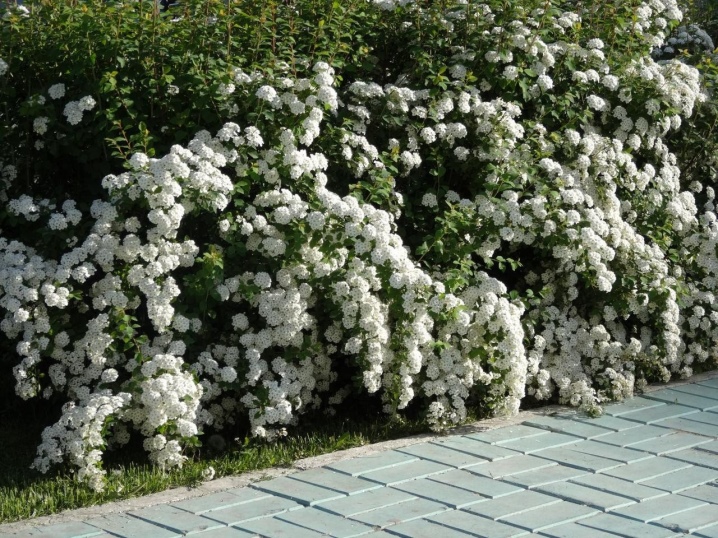
Varieties
Dwarf varieties are distinguished by the types of Nippon and Japanese spirea. Low-growing varieties can be classified into several groups.
- Dwarf. Height - up to 80 cm. Has a weak frost resistance. The flowers are white.
- Boomald. The plant is up to 75 cm high. Differs in a spherical shape with erect shoots. The petals are often crimson.
- Low. It grows up to 60 cm. It blooms with globular umbrellas of white and pink colors. The most frost-resistant species.
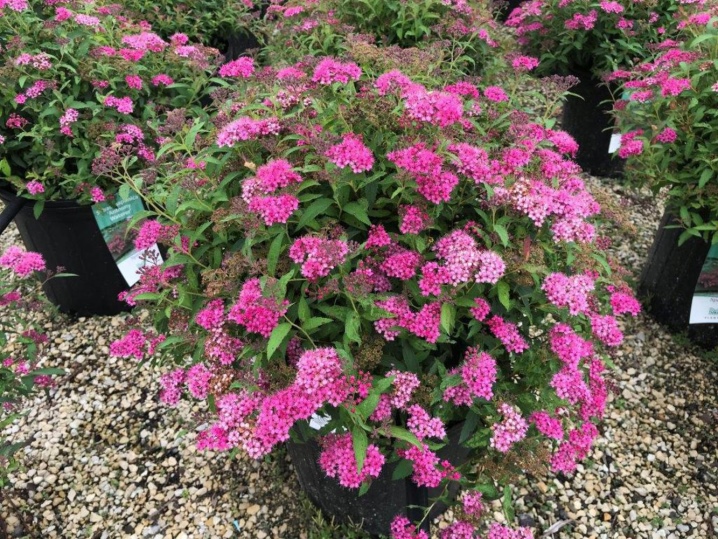
If we talk about dwarf varieties, then several options are considered the most popular.
- Japanese Dwarf. Up to 30 cm. Inflorescences are pink. Looks beautiful on rocky hills, lawns, flower beds.
- Golden Princess. Up to 50 cm. The leaves have a yellowish tint, the petals of the inflorescences are pink. A very decorative variety.
- Candlelight. This plant has a creamy yellow foliage and flowers have a beautiful pinkish tinge.
- Gold Mound. The height is no more than 25 cm. The leaves are decorated with a golden tint, and in mid-July small inflorescences of pink flowers appear.
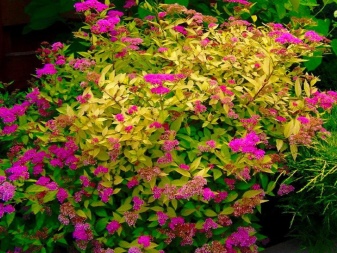
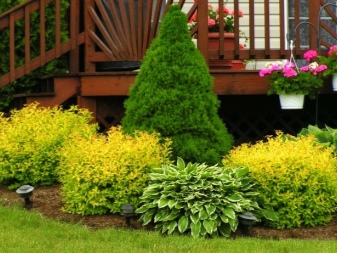
How to choose?
Going to buy a mini-spirea seedling, use the recommendations of experts.
- Choose planting material from trusted local nurseries. Make sure the seedling you choose is suitable for growing in your climate.
- If you plan to plant in a harsh region, then give preference to low plant species. By the way, such varieties look beautiful when decorating an alpine slide.
- Pay attention to the state of the root system. Healthy specimens have 3 sturdy shafts, a fluffy lobe, and a fresh clay chatterbox.
- When planting in spring, the buds should not yet begin to gain strength, and when planting in autumn, they choose a seedling whose leaves have fallen off. For spring planting, buy summer-flowering varieties, for autumn planting - spring-flowering varieties.
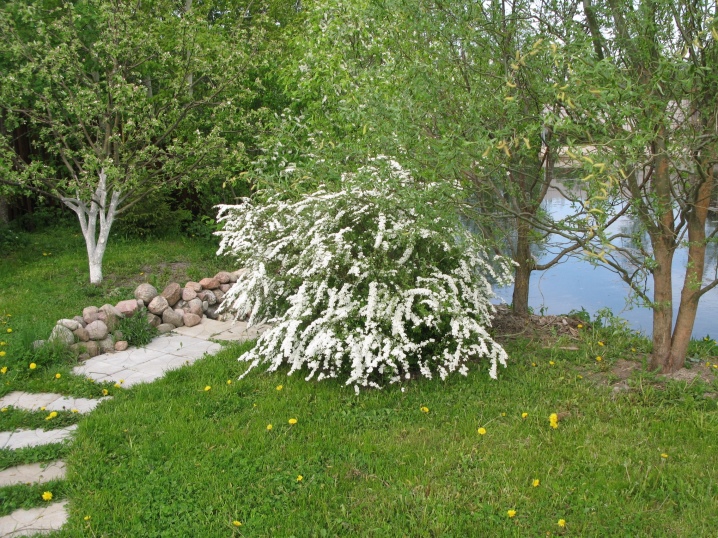
Landing rules
Step-by-step process of planting a lilliputian variety as follows:
- dig holes with a depth significantly exceeding the volume of the roots of the seedling, taking into account further growth;
- lay a layer of sand or fine gravel on the bottom - this will be the way for drainage;
- place a seedling in the planting hole and cover it with earth to the level of the junction of the root and trunk;
- water the landing site.
The culture does not need fertilization, but if planting is done in too poor soil, then a few weeks before planting it is enriched with peat or mineral fertilizers.
Planting is best done on a cloudy day.

Care
Lilliputian spirea is quite unpretentious. Growing a plant consists of the usual stages.
- Watering. The watering procedure is carried out 2-3 times a month, the number of waterings increases if the summer is too dry and sultry. Ordinary clean water is suitable for humidification.
- Preparing for winter. Young specimens need to be mulched for the winter. For this, foliage and geotextiles can be used. It is also a good idea to tie the fragile stem to a peg.
- Top dressing. Produced in summer. For example, for the first fertilization, a mullein diluted in 10 liters of water and 10 g of superphosphate is suitable. In the second year of life, the use of the drug "Kemira universal" is allowed.
- Pruning. If the variety is spring-flowering, then after flowering it is necessary to eliminate dry shoots and old branches. Summer flowering species are pruned from the fourth year of life. The procedure should be approached very carefully.
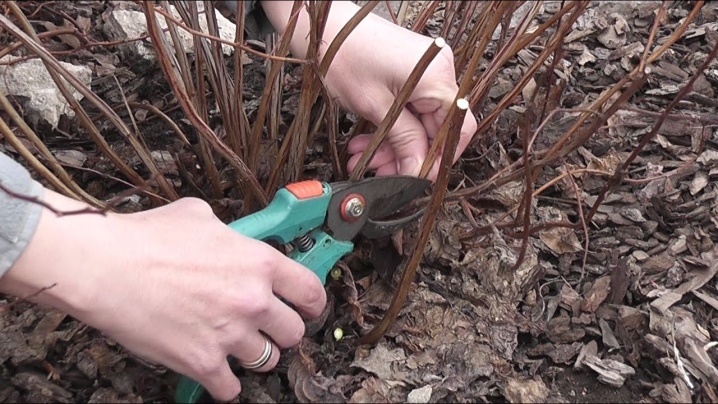
Breeding
Propagate dwarf varieties can be done in different ways.
- Seeds. Planting material should be sown in containers with a substrate. The hatched seedlings are planted on the site, having pinched the main root in advance. Fragile seedlings are regularly moistened, and in case of frost they are insulated with a plastic transparent container. This is the least priority breeding method, it rarely succeeds and is not suitable for all species. For example, Bumald's spirea varieties are not propagated by seedlings.
- Cuttings. The half-lignified shoots are cut into shares, the parts are treated in Kornevin's solution and planted in a container. As soon as the seedlings get stronger, they can be transplanted into a flower bed.
- Layers. In the spring, at the birth of the first leaves, the bush branch is bent to the ground, carefully fixed and sprinkled with soil. With proper watering and regular loosening, the formation of a new plant can be observed already next spring.



































































The comment was sent successfully.